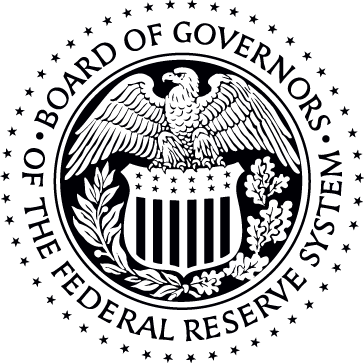It can only be described as a huge vote of confidence. The Boeing Company (BA) announced a whopping 50% increase in its dividends to $0.73 per share. And beginning this January, the company will begin a new $10.0-billion share repurchase program, in addition to the $800 million left from its previous share buyback plan.
The higher quarterly dividend will be paid out March 7, 2014 to shareholders of record on February 14, 2014. While Boeing is playing some “payout catch-up” with other dividend paying stocks, company management said increasing cash flow from a boost in jetliner production is the catalyst for renewed confidence in its business.
A two-for-one stock split from Boeing wouldn’t be a surprise at all. It’s been one of the strongest performers in the Dow Jones Industrial Average this year, and the stock will keep upward near-term pressure on the index.
Countless large-cap companies have been increasing their dividends—some significantly so—as balance sheets continue to get stronger.
This time of the year, the financial media loves to make forecasts about the stock market and other capital markets. It’s such folly, because it’s only guesswork.
But for equity investors, what corporations say about their businesses is key, and with so many large-cap companies in a strong financial position, any improvement in sales volume or pricing will translate immediately into earnings. I think there’s a good chance corporate earnings will surprise to the upside next year.
3M Company (MMM) caught the market off guard with a 35% increase in its dividends and a solid 2014 outlook. Johnson Controls, Inc. (JCI) just effected a 16% increase in its quarterly dividends and a new $3.65-billion share buyback program. (See “A $35.0-Billion Company Poised for Growth?”) NIKE, Inc. (NKE) recently boosted its dividends by 14%, and The Walt Disney Company (DIS) did so by 15%.
MasterCard Incorporated (MA) just announced a 10-for-one stock split, a huge 83% increase to its quarterly dividend, and a new $3.5-billion share buyback program. General Electric Company (GE) just raised its quarterly dividend 16%, and Pfizer Inc. (PFE) announced an eight-percent dividend gain, citing renewed confidence in its operational growth.
Increasing dividends are material news, and rising payouts are a reflection of improving business conditions at the corporate level and strong balance sheets. It all bodes well for earnings results next year.
Arguably, current valuations already reflect solid earnings outlooks, the expectation for more share repurchases, and higher quarterly dividends. If this is the case, it is still a foundation for more capital gains in stocks, even with the reasonable expectation of technical correction that’s so warranted.
With pressure on interest rates highly likely in 2014, they are still low enough to provide corporations with very cheap money to finance operations at this time. And with this backdrop, we’ll probably get more of the same over the coming quarters, with companies hoarding cash and avoiding bold investments in new plant and equipment.
Overall, the outlook for rising dividends, share repurchases, and stock splits remains excellent.
This article Large-Cap Stocks the Place to Be in 2014? is originally publish at Profitconfidential
 It might not be as flashy as
It might not be as flashy as 
